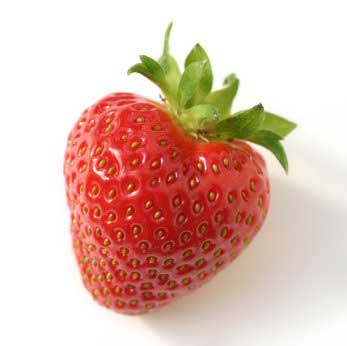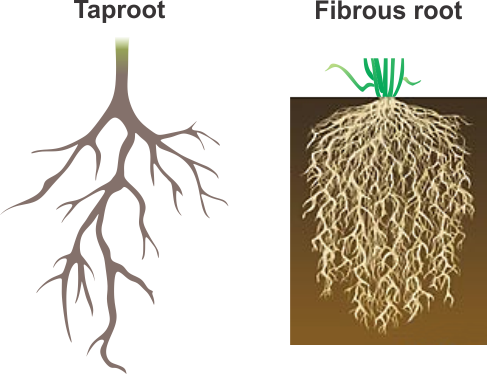Botany, also called plant science(s), plant biology or phytology, is the science of plant life and a branch of biology. A botanist, plant scientist or phytologist is a scientist who specialises in this field.
https://en.wikipedia.org/wiki/Botany
Have you ever thought about this? What is a plant?
Plants:
- Reproduce
- Adapt to their environment
- Have chlorophyll and are photosynthetic
- Have no decision making ability
- Have nuclei and cell walls
- Can't move
- Store info in genes
What will we learn this semster?
| Week 1 | What is Botany/What is a plant/Parts of a cell |
| Week 2 | Parts of a plant cell cont./Find plants in yard and identify characteristics |
| Week 3 | Photosynthesis/Respiration/Create Poster |
Week 4 | Review and Test/Vascular Plants/Water Uptake/Celery Experiment |
| Week 5 | Vascular Plants/Water Uptake/Celery Experiment Cont. |
Week 6 | Review and Test/Classification |
Week 7 | Classification Cont. |
Week 8 | Germination |
| Week 9 | Three week review and test/Types of leaves/Leaf Posters |
Week 10 | Parts of a plant |
| Week 11 | Parts of a plant Cont./Parts of a plant posters |
Week 12 | Review and Test/ Plant Reproduction |
Week 13 | Plant Reproduction Cont. |
Week 14 | Plant Reproduction Cont. |
Week 15 | Review and Test/Biomes and Habitats |
Week 16 | Biomes and Habitats Cont. |
Week 17 | Biomes Project |
| Week 18 | Review and Test |
Also, activities will include:
Collecting seeds
Germinating seeds
Growing plants
Planting a garden...?
Supplies you will need for this class:
A folder with a pocket and brads
Notebook paper
Pencil or pen every day
Optional: Colored pencils, a phone










